
Find Help
More Items From Ergsy search
-
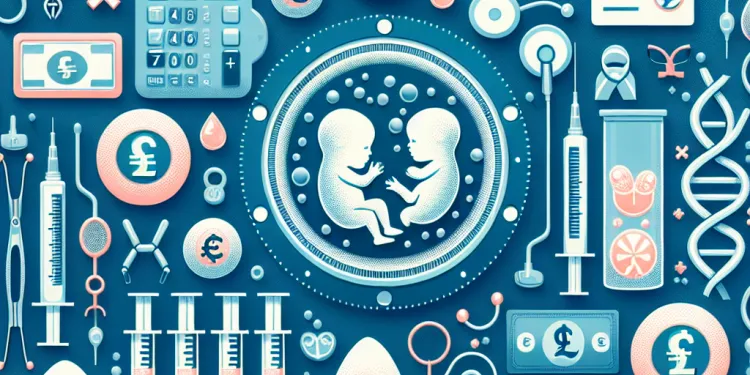
How are embryos transferred during IVF?
Relevance: 100%
-

How many embryos are usually transferred in IVF?
Relevance: 99%
-
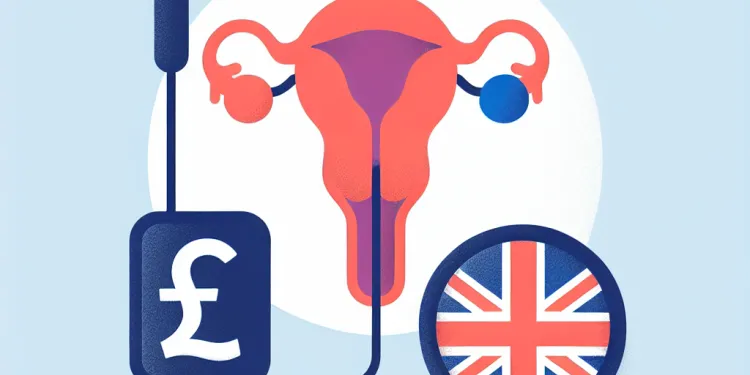
What is IVF?
Relevance: 68%
-

What is IVF and how does it work?
Relevance: 64%
-

How does IVF work?
Relevance: 64%
-
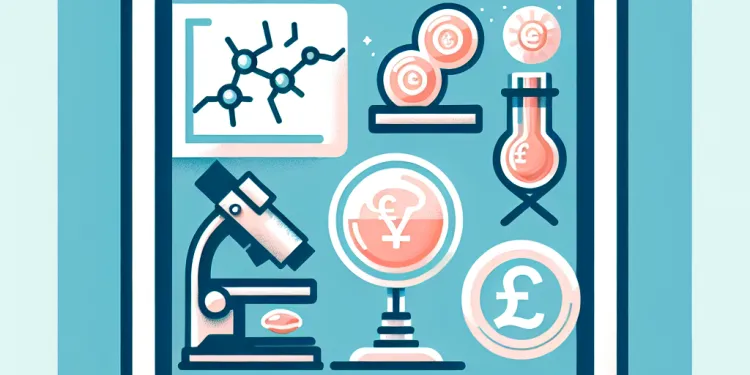
What is the role of the embryologist in IVF?
Relevance: 64%
-

What are the main steps in an IVF cycle?
Relevance: 63%
-

IVF Fertility Treatment from MumsNet
Relevance: 63%
-

What should I expect during IVF treatment?
Relevance: 62%
-

How long does an IVF cycle take?
Relevance: 62%
-
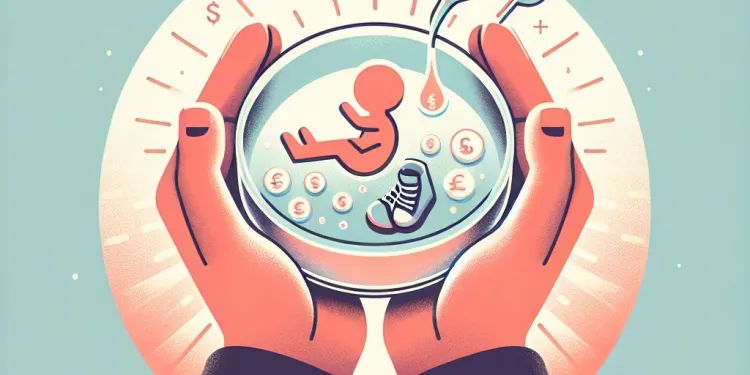
Is IVF successful?
Relevance: 59%
-

Are there risks associated with IVF?
Relevance: 59%
-

Infertility - IVF Treatment and Patient Information
Relevance: 57%
-

Can IVF be done with donor eggs or sperm?
Relevance: 54%
-
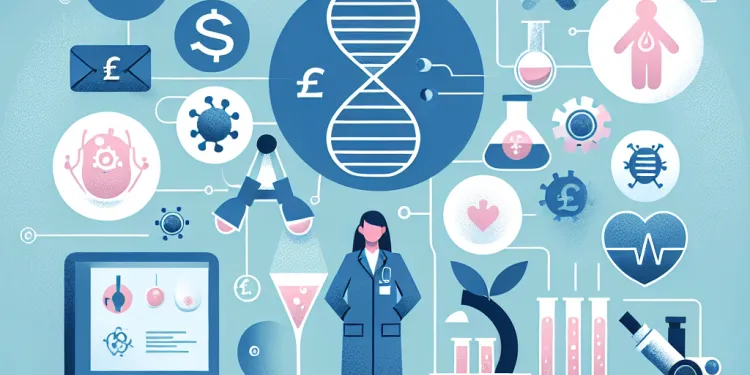
How is the sperm used in IVF?
Relevance: 52%
-

Does IVF guarantee pregnancy?
Relevance: 52%
-

Does IVF require anesthesia?
Relevance: 52%
-

What happens to unused embryos?
Relevance: 52%
-
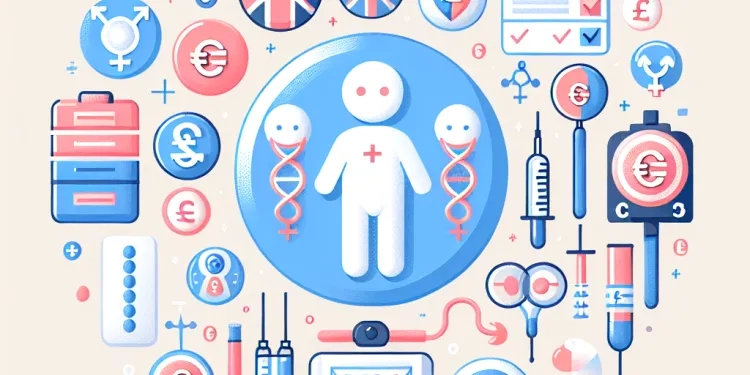
Can IVF be used for gender selection?
Relevance: 50%
-
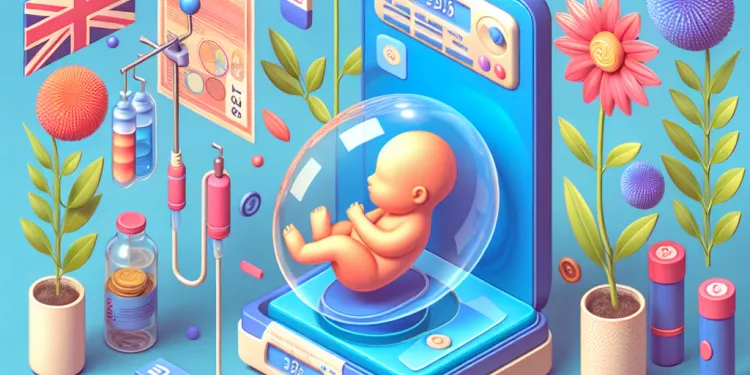
Who might need IVF?
Relevance: 45%
-
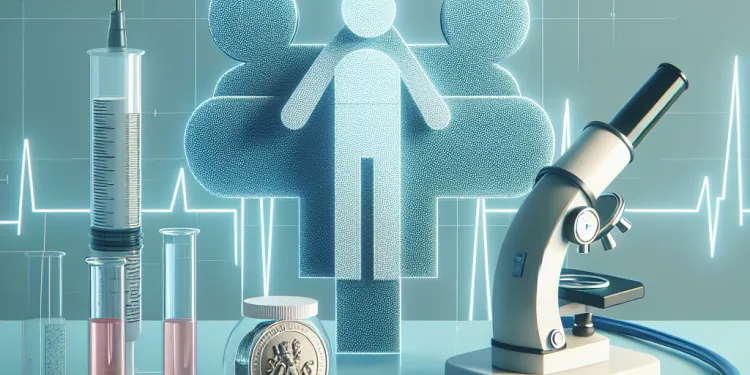
How do clinics determine if IVF is the right option?
Relevance: 34%
-

Is there a minimum transfer amount required?
Relevance: 29%
-

Is a balance transfer the right choice for me?
Relevance: 28%
-

Can I transfer my ISA between providers?
Relevance: 27%
-

Are there any fees associated with balance transfers?
Relevance: 27%
-

What is a balance transfer credit limit?
Relevance: 27%
-

How does a balance transfer work?
Relevance: 27%
-

What is a Balance Transfer Credit Card?
Relevance: 27%
-

Will transferring a balance affect my credit score?
Relevance: 27%
-

How do I apply for a balance transfer card?
Relevance: 27%
-

How long does a balance transfer take?
Relevance: 26%
-

Can I transfer a balance to a card with no promotional offer?
Relevance: 26%
-

Do balance transfer offers apply to new purchases?
Relevance: 26%
-
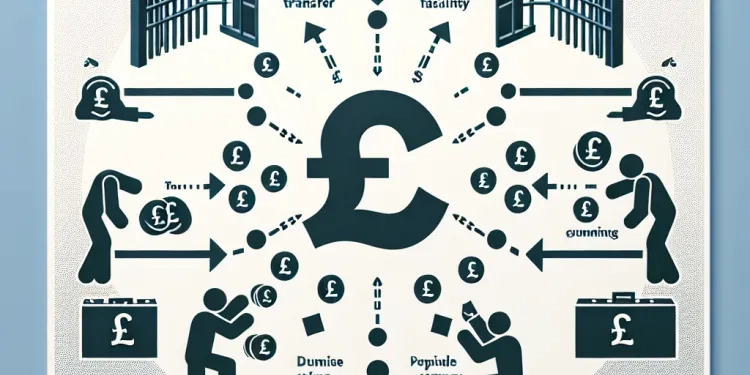
What happens if an inmate is transferred to another facility?
Relevance: 26%
-

Can I transfer my TV license to a new address?
Relevance: 26%
-

What are the benefits of a balance transfer credit card?
Relevance: 26%
-

Can I transfer balances from any credit card?
Relevance: 26%
-

Can I transfer a balance from a loan to a credit card?
Relevance: 25%
-

Can I use a balance transfer card for new purchases?
Relevance: 25%
-

What is the typical duration of a promotional balance transfer offer?
Relevance: 25%
Introduction to Embryo Transfer in IVF
In vitro fertilisation (IVF) is a common fertility treatment that involves fertilising an egg outside the body and then transferring the resulting embryo into the uterus. A crucial decision in the IVF process is how many embryos to transfer. This decision can significantly impact the chances of pregnancy, as well as the likelihood of multiple pregnancies, which can carry additional risks.
Guidelines and Recommendations in the UK
In the UK, the Human Fertilisation and Embryology Authority (HFEA) provides guidelines on the number of embryos to transfer during IVF. These guidelines are designed to balance the desire to achieve a successful pregnancy with the need to minimise the risk of multiple births, which can pose health risks to both the mother and babies. The HFEA generally recommends transferring a single embryo in most cases to reduce the risk of twins or higher-order multiples, which is known as Single Embryo Transfer (SET).
Factors Influencing the Number of Embryos Transferred
Several factors influence how many embryos are typically transferred during IVF. Age is a significant factor, as younger women tend to have a higher likelihood of successful implantation with a single embryo. Therefore, for women under 37 years of age and especially those who are undergoing their first or second IVF cycle, SET is often recommended. For women aged 37-39, clinics may consider transferring more than one embryo if the patient has had previous unsuccessful IVF cycles or if embryo quality is a concern.
Exceptions to Single Embryo Transfer
While SET is generally encouraged, there are circumstances where transferring two embryos may be considered appropriate. In cases where a woman is older, or if there have been previous unsuccessful IVF attempts, the potential benefit of transferring more embryos might outweigh the risks. The decision is highly individualised and made after thorough discussions between the patient and the fertility specialist, taking into account the patient’s medical history and specific circumstances.
Conclusion
The number of embryos transferred during an IVF cycle in the UK typically follows a cautious approach recommended by the HFEA. With a focus on safety and reducing the risks associated with multiple pregnancies, SET is the norm for younger women and those undergoing their initial IVF treatments. Each case is unique, and decisions are tailored to the individual needs of the patient, aiming to maximise success while prioritising the wellbeing of both the mother and potential children.
Introduction to Embryo Transfer in IVF
In vitro fertilization (IVF) is a way to help people have babies. It involves taking an egg and fertilizing it outside the body. Then the embryo (tiny baby) is put into the mother's womb. One important choice in IVF is how many embryos to put in. This choice can affect the chance of getting pregnant and having more than one baby.
Guidelines and Recommendations in the UK
In the UK, there are rules about the number of embryos you can put in. These rules help to make sure both the mother and babies are safe by trying to have just one baby at a time. This is called Single Embryo Transfer (SET). Most of the time, doctors suggest putting in just one embryo to avoid having twins or more babies, which can be risky.
Factors Influencing the Number of Embryos Transferred
The number of embryos put in depends on a few things. A big one is age. If a woman is young, having one embryo is often enough to get pregnant. So, if a woman is under 37 and it's her first or second try, doctors usually suggest SET. If a woman is between 37-39 and has had trouble getting pregnant before, doctors might try more than one embryo.
Exceptions to Single Embryo Transfer
Sometimes, putting in two embryos is okay. This might be the case if a woman is older or if IVF hasn't worked before. It's a choice made by talking with the doctor to see what's best for the woman and her health, considering her past medical issues.
Conclusion
In the UK, doctors usually try to be careful about how many embryos they put in during an IVF cycle. The safe option is often to use one embryo for younger women or those trying IVF for the first time. Each situation is different, and the doctor and patient decide together what is best to help them get pregnant while keeping everyone healthy.
Frequently Asked Questions
How many embryos are usually transferred in an IVF cycle?
The number of embryos transferred in an IVF cycle typically ranges from one to three, depending on factors like the woman's age, embryo quality, and specific clinic guidelines.
Does age influence the number of embryos transferred in IVF?
Yes, age is a significant factor; younger women are often advised to transfer fewer embryos, typically one or two, while older women might consider transferring more.
What is single embryo transfer (SET), and when is it recommended?
Single embryo transfer involves implanting only one embryo and is recommended for women under 35 with good-quality embryos to minimize the risk of multiple pregnancies.
What are the risks of transferring multiple embryos in IVF?
Transferring multiple embryos increases the risk of multiple pregnancies, which can lead to complications for both the mother and the babies.
How do clinics decide how many embryos to transfer?
Clinics consider factors like maternal age, embryo quality, previous IVF outcomes, and guidelines on minimizing multiple pregnancies.
Is it common to transfer only one embryo in IVF?
Yes, especially for women under 35, transferring a single embryo is becoming more common to reduce the risk of multiples.
Can more than three embryos be transferred in IVF?
While not typical due to increased risks, transferring more than three embryos might be considered in certain high-risk situations or previous IVF failures.
What role does embryo quality play in deciding the number to transfer?
Higher quality embryos are more likely to implant and lead to a successful pregnancy, often resulting in fewer embryos being transferred.
How do regulations affect the number of embryos transferred?
Different countries have regulations that guide the number of embryos that can be transferred to limit the chances of multiple births.
Are there guidelines for embryo transfer in IVF treatments?
Yes, most fertility clinics follow established guidelines which suggest the number of embryos to transfer based on patient age and other factors.
Why is the number of embryos transferred in IVF important?
The decision impacts the success rate and the risk of multiple pregnancies, which have higher associated medical risks.
What is the recommended number of embryos to transfer for women over 40?
For women over 40, transferring more embryos, often two or three, may be suggested due to lower implantation rates.
Can patient preferences affect the number of embryos transferred?
Yes, patient preferences, along with medical advice, can influence the decision on the number of embryos transferred.
If multiple embryos are transferred, can all implant successfully?
Yes, it's possible for all implanted embryos to develop, leading to a multiple pregnancy, though this isn't always the case.
Why might some patients opt for double embryo transfer?
Patients may opt for double embryo transfer to increase the odds of a successful pregnancy, especially if previous cycles have failed.
What advancements are affecting embryo transfer numbers in IVF?
Improved embryo culture techniques and genetic screening help ensure embryo quality, often supporting fewer embryo transfers.
How does embryo freezing impact the number of embryos transferred?
With embryo freezing, excess high-quality embryos can be preserved for future use, potentially reducing the number transferred initially.
What considerations are made for patients with unexplained infertility regarding embryo transfer?
For unexplained infertility, doctors will consider age, embryo quality, and previous cycle outcomes to determine the optimal number of embryos to transfer.
Are there specific risks for twins with multiple embryo transfers?
Yes, twin pregnancies have higher risks for complications such as preterm birth and low birth weight, which is why single embryo transfer is often encouraged.
How do studies influence the practice of embryo transfer numbers in IVF?
Studies provide data on outcomes and risks associated with different numbers of transferred embryos, guiding practice towards safer, evidence-based decisions.
How many embryos are put back in one IVF try?
In IVF, doctors usually put back 1 or 2 tiny babies. They do this to help a woman get pregnant.
If you want help understanding IVF, you can:
- Ask a doctor to explain it to you.
- Use pictures to see how IVF works.
- Watch videos for kids about IVF.
When doctors do an IVF cycle, they usually put one to three embryos in the woman's womb. The number depends on the woman's age, how good the embryos are, and what the clinic's rules are.
Does age change how many embryos are put in during IVF?
Age is important. Younger women usually transfer one or two embryos. Older women might transfer more embryos.
What is single embryo transfer (SET), and when should it be done?
Single Embryo Transfer, or SET, is when doctors put one healthy baby egg inside a woman's tummy during a baby-making process called IVF. This is to try and help her have a baby.
Doctors say to do SET if the woman is healthy and young. They also do this if there is a good chance the woman can have a baby with just one egg.
SET helps to keep the mummy and baby safe and healthy. It lowers the chance of having twins or more babies at the same time.
If you have questions, you can talk to doctors. They can help explain things more.
Single embryo transfer means putting one tiny baby seed (embryo) in the mom's belly.
Doctors say this is good for women younger than 35 years old who have strong and healthy baby seeds.
This helps to have only one baby at a time and not twins or more, which can be safer for the mom and baby.
What could happen if doctors put more than one embryo in IVF?
Sometimes, doctors put more than one tiny baby (called an embryo) in the mom's tummy during IVF. This is to help make sure the mom gets pregnant. But there are some things to think about:
- More than one baby: If the doctors put in more than one embryo, the mom might have more than one baby at the same time. This is called twins or triplets. It’s harder to look after more than one baby.
- Babies might come early: If the mom has twins or triplets, they might be born too early. This can make them sick and need special care.
- Mom might feel unwell: Having more than one baby can be harder for the mom's body. She might feel more tired or sick.
Using helpful tools like pictures or charts can make it easier to understand. Talking with a doctor can also help answer questions.
Putting in more than one embryo can mean having more than one baby at the same time. This can make things tricky for the mom and the babies.
How do clinics choose how many embryos to put in?
When clinics help people make babies, they decide how many baby seeds (called embryos) to put in. They make this choice very carefully.
Clinics think about:
- The age of the person having the baby.
- How healthy the person and the baby seeds are.
- If the person had treatments before.
- If they have a high chance for twins or more babies.
Some helpful tools:
- Talking to doctors or nurses to know more.
- Using pictures or videos to understand better.
- Having someone with you to help remember things.
When clinics decide how to help people have babies, they look at a few important things. They think about how old the mom is, how healthy the baby is going to be, what happened in other baby-making tries, and how to make sure not too many babies are born at once.
Do doctors usually put one embryo in the womb during IVF?
When people use IVF to have a baby, doctors often put one tiny baby plant, called an embryo, inside the mom. This is called a transfer. Doctors do this to make sure the mom and baby are healthy.
Some helpful tools or techniques include:
- Talking to your doctor to learn more about IVF.
- Finding pictures or videos to help understand what happens in IVF.
- Asking questions if you feel confused or worried.
Yes. For women under 35, doctors often put just one embryo in. This helps lower the chance of having twins or triplets.
Can doctors put more than three embryos in IVF?
IVF is a way to help people have a baby. Doctors put tiny eggs called embryos in the mom's belly to help her get pregnant.
Sometimes, more than one embryo is used to make sure the mom can have a baby. But using too many embryos can be risky for the mom and babies.
Doctors usually put in one or two embryos. More than three is not common because it can be dangerous.
If you have questions, talk to your doctor. You can also ask someone to help you understand.
It is not usual to put in more than three embryos because it can be risky. But sometimes, if there have been problems before or if there are other risks, doctors might decide to do it.
Why is embryo quality important when choosing how many to transfer?
When doctors decide how many embryos to transfer, they look at how good the embryos are. Better quality embryos have a higher chance to grow into a baby.
If the embryos are very good, the doctor might suggest putting in fewer. This is because each good embryo already has a high chance of becoming a baby.
If the embryos are not as good, the doctor might suggest putting in more, to give a better chance for at least one to become a baby.
To understand more, you can ask your doctor questions. You can also use pictures or charts to help you see how it works.
Better embryos stick better and can help you get pregnant. This means you might not need to use as many embryos.
How do rules change how many embryos are put in?
Different countries have rules about how many embryos can be put into the mother's womb. This helps to prevent having twins, triplets, or more babies at once.
Are there rules for moving an embryo in IVF?
Yes, there are rules. Doctors use these rules when they help make a baby with IVF. IVF means making a baby outside the body.
Here's how it works:
- Doctors put a tiny baby "seed" called an embryo into the mom's belly.
- Doctors decide how many "seeds" to use. This can help make sure the baby is healthy.
- Doctors and families can talk about the best choices.
To help understand, you can:
- Use picture books about IVF.
- Ask doctors to explain more simply.
- Watch videos with easy words.
Yes, most clinics that help people have babies use rules to decide how many embryos to put in. They look at the person’s age and other things before they decide.
Why is it important how many embryos are put in during IVF?
This choice affects how often treatments work and the chance of having more than one baby at a time. Having twins or more can be risky for health.
How many embryos should women over 40 have transferred?
If a woman is over 40 and wants to have a baby using IVF, doctors might suggest putting in more embryos, like two or three. This is because it might be harder for the embryos to stick and grow at this age.
Do patient choices change how many embryos are put back?
Yes, doctors and patients can talk together to decide how many embryos to use. They think about what the patient wants and what is best for their health.
If doctors put more than one embryo in, can they all grow?
Yes, it can happen that all the embryos put inside a person grow into babies. This can mean having more than one baby at the same time, but it does not always happen.
Why do some people choose to put in two embryos?
Sometimes, people want to try putting in two baby seeds (embryos) instead of one.
Here are some reasons they might do this:
- They hope that at least one baby seed will grow into a baby.
- They may want to have twins, which means two babies at the same time.
If you want to understand more, you can:
- Ask a doctor or a nurse.
- Use pictures or videos to help explain.
Sometimes, people choose to put two embryos in the mom's tummy instead of one. This can help make it more likely for the mom to have a baby. It is often chosen if having a baby did not work before.
What new things are changing the number of embryos moved in IVF?
Better ways to grow and check embryos mean the embryos are healthier. This helps doctors use fewer embryos, but still have good results.
Does freezing embryos change how many are put in the body?
Freezing embryos means keeping them very cold until they are needed.
When it's time to have a baby, doctors can put the embryos into the body.
Freezing them does not affect how many embryos doctors can use.
It just makes sure they stay safe until they are needed.
If you find reading hard, you can:
- Ask someone to read it with you.
- Use a ruler or your finger to follow each line.
- Listen to audio versions if available.
With embryo freezing, extra good embryos can be saved for later. This may mean that fewer embryos are put in the first time.
What do doctors think about when helping people who can't have babies, and the reason why is unknown, with embryo transfer?
When doctors don't know why someone can't have a baby, they look at how old the person is, how good the embryos are, and what happened in other tries to decide how many embryos to put back.
Are there special risks for twins when doctors put more than one embryo in the mom?
Having twins can have more risks. For example, the babies might come early, or they might be smaller. This is why doctors often suggest putting one embryo, or baby starter cell, back in the mom instead of more than one.
If reading is hard, try using text-to-speech tools. They read the words out loud for you. You can also use a dictionary to understand new words better.
How do studies affect the number of embryos used in IVF?
Doctors read studies to know how many embryos to use in IVF. Studying helps doctors make safer choices. This can help people have healthy babies.
To understand studies better, you can:
- Use pictures to help explain ideas.
- Ask someone to read with you.
- Highlight key bits of text.
Studies help us understand what happens with different numbers of embryos (tiny cells that can grow into a baby) put into the mother's body. This helps doctors make safer choices about how many to use.
Useful Links
- Ergsy carfully checks the information in the videos we provide here.
- Videos shown by Youtube after a video has completed, have NOT been reviewed by ERGSY.
- To view, click the arrow in centre of video.
- Most of the videos you find here will have subtitles and/or closed captions available.
- You may need to turn these on, and choose your preferred language.
- Go to the video you'd like to watch.
- If closed captions (CC) are available, settings will be visible on the bottom right of the video player.
- To turn on Captions, click settings .
- To turn off Captions, click settings again.
More Items From Ergsy search
-

How are embryos transferred during IVF?
Relevance: 100%
-

How many embryos are usually transferred in IVF?
Relevance: 99%
-

What is IVF?
Relevance: 68%
-

What is IVF and how does it work?
Relevance: 64%
-

How does IVF work?
Relevance: 64%
-

What is the role of the embryologist in IVF?
Relevance: 64%
-

What are the main steps in an IVF cycle?
Relevance: 63%
-

IVF Fertility Treatment from MumsNet
Relevance: 63%
-

What should I expect during IVF treatment?
Relevance: 62%
-

How long does an IVF cycle take?
Relevance: 62%
-

Is IVF successful?
Relevance: 59%
-

Are there risks associated with IVF?
Relevance: 59%
-

Infertility - IVF Treatment and Patient Information
Relevance: 57%
-

Can IVF be done with donor eggs or sperm?
Relevance: 54%
-

How is the sperm used in IVF?
Relevance: 52%
-

Does IVF guarantee pregnancy?
Relevance: 52%
-

Does IVF require anesthesia?
Relevance: 52%
-

What happens to unused embryos?
Relevance: 52%
-

Can IVF be used for gender selection?
Relevance: 50%
-

Who might need IVF?
Relevance: 45%
-

How do clinics determine if IVF is the right option?
Relevance: 34%
-

Is there a minimum transfer amount required?
Relevance: 29%
-

Is a balance transfer the right choice for me?
Relevance: 28%
-

Can I transfer my ISA between providers?
Relevance: 27%
-

Are there any fees associated with balance transfers?
Relevance: 27%
-

What is a balance transfer credit limit?
Relevance: 27%
-

How does a balance transfer work?
Relevance: 27%
-

What is a Balance Transfer Credit Card?
Relevance: 27%
-

Will transferring a balance affect my credit score?
Relevance: 27%
-

How do I apply for a balance transfer card?
Relevance: 27%
-

How long does a balance transfer take?
Relevance: 26%
-

Can I transfer a balance to a card with no promotional offer?
Relevance: 26%
-

Do balance transfer offers apply to new purchases?
Relevance: 26%
-

What happens if an inmate is transferred to another facility?
Relevance: 26%
-

Can I transfer my TV license to a new address?
Relevance: 26%
-

What are the benefits of a balance transfer credit card?
Relevance: 26%
-

Can I transfer balances from any credit card?
Relevance: 26%
-

Can I transfer a balance from a loan to a credit card?
Relevance: 25%
-

Can I use a balance transfer card for new purchases?
Relevance: 25%
-

What is the typical duration of a promotional balance transfer offer?
Relevance: 25%